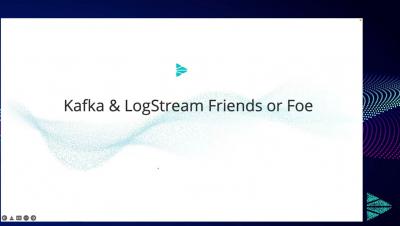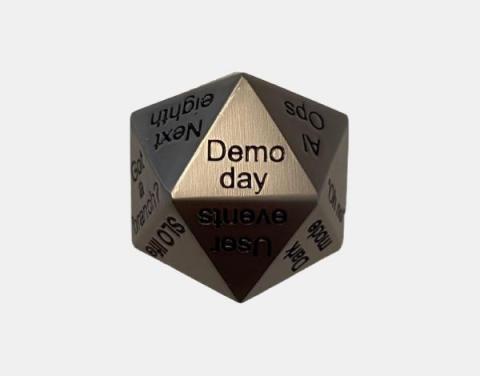Operations | Monitoring | ITSM | DevOps | Cloud
Observability
The latest News and Information on Observabilty for complex systems and related technologies.
Ask Miss O11y: Making Sense of OpenTelemetry-Context
“What is up with the Context in OpenTelemetry? Why do I need to mess with it at all? Why, when I set a span as active, don’t subsequent spans just use it as a parent?” Oh, yikes, yeah. The Context abstraction in OpenTelemetry is hard to understand. Here are several ways it’s tricky.
Don't run AWS without monitoring it with Elastic Observability
In 2022, it’s hard to find places in the business and technology ecosystem where performance is not measured, where lots of data is not collected and where insights are not analyzed to improve operational and business performance and trace accountability.
Live Discussion About Observability Lakes
Bootstrapping a cloud native multi-data center observability stack
Bram Vogelaar is a DevOps Cloud Engineer at The Factory, and he recently delivered an intro to observability talk during our Grafana Labs' EMEA meetup. When I talk to customers, they might tell me about how their applications are running in two data centers, but when we probe a little further, it turns out that their observability stack is only available in one of them. This revelation hit close to home last March.
Ask Miss O11y: Making Sense of OpenTelemetry-Tracer and TracerProvider
OpenTelemetry is a strong standard for instrumentation because it is built of careful, well-thought-out abstractions created by experts in the space. OpenTelemetry feels painful to start using because it’s full of abstractions that make sense to experts in the space. For a developer who wants to think about their own software and not spend a month becoming an expert in telemetry, this is hard. For high-level conceptual description, there’s the OpenTelemetry specification.
DeveloperWeek 2022: Front-end Code Observability: Errors, Performance, Web Vitals
Share Progress and Celebrate Wins With Demo Days
In my last blog post, I talked about the cadence of product planning and delivery at Honeycomb. Tucked away in there was a mention of “demo day”—and I’m back to tell you all about that because it’s a pretty big deal around here, and I want to encourage you to give it a try as a way to see progress on new feature development and get folks excited about what’s on the horizon.










